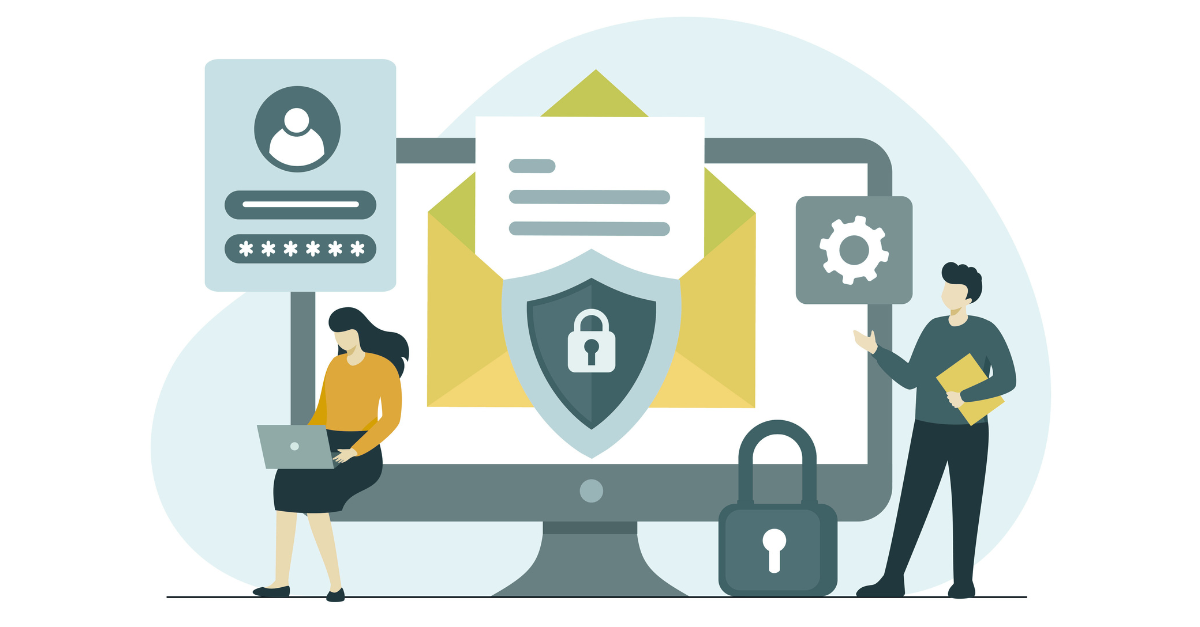Regardless of your organization’s marketing budget, there is one thing that marketers are never short of—data. Every customer touchpoint creates a constant flow of valuable data. However, in an age when data has been referred to as the “new oil,” much of this data remains untapped. This is a shame because what you can do with that data is nothing short of transformational.
Big data is changing the world.
You might already be aware of the stories about how political organizations around the world (sometimes illicitly) used data to sway public opinion. But it’s also an incredible force for good. For example, data from Strava, the tracking app used by cyclists and runners to measure their physical activities, is shared freely with local government organizations to allow for better planning and investment in infrastructure to help people move through cities under their own power.
While this might seem all very grand and perhaps beyond the reach of many B2B marketing organizations, big data isn’t something that smaller organizations should be afraid of or ignore.
Lead Scoring: Starting Small with Big Data
The problem many businesses have with building a big data marketing strategy is that they have so much data they don’t know where to start. It’s very much a case of not being able to see the wood for the trees.
This problem can be overcome by simply breaking that data down and setting achievable objectives for its management. The good news is that much of this process can be automated through your marketing automation platform and tracked in your CRM system.
A good starting point is managing your sales funnel through a process called lead scoring. At emfluence, we call it contact score and it works the same way as a lead score.
As the name suggests, lead scoring assigns a score to each lead as it enters and works its way through your marketing and sales funnels. Essentially, lead scoring uses specific information in your data to help leads identify themselves and be processed quickly and efficiently.
Leads are scored by several factors, starting with simple information like corporate domains (perhaps assigning a negative score to Gmail or .edu domains) and other surrendered information such as job titles, company turnover, geographic location, etc.
Lead scores are further enhanced by engagement with specific email, social media, and website content. The basic premise of lead scoring is that by the time a lead reaches a specific score, it should be hot enough to guarantee that they are not wasting their time picking up the call.
Triggered Campaigns
A successful lead scoring campaign will require marketers to be aware of the various marketing personas they are targeting, have a good understanding of the content they need to consume to make a buying decision, and the multiple points each lead takes on their journey from prospect to client.
As each lead progresses through the sales funnel, marketers can target clients with specific content designed to take them to the next stage of their journey. This process can be accelerated by delivering personalized content based on engagements with similarly scored leads. This strategy may also help keep leads warm in busy sales departments by positioning them in a holding pattern while sales teams prioritize only the hottest leads.
This content-led strategy works on the principle that clients hate to be sold to. Instead, they want to have all the information they need to reach a buying decision themselves. In this respect, the sales professional takes on more of a role as a sales facilitator rather than a sales closer.
Businesses that adopt a data-led, lead scoring system can essentially wave goodbye to cold calling and embrace a much warmer sales strategy. Because the process focuses on lead quality over quantity (a vanity metric), it’s also a highly efficient method of managing “dead” leads out of your business. When you consider how much time is wasted speaking to “tire kickers” who will never become clients, this approach will completely transform your business (and your sales team will undoubtedly love you).
An Investment in Content
While lead scoring will require marketing teams to be all over the various data points of their campaign strategies, the most significant investment in time and effort will be creating content to serve the leads in your sales funnel.
Careful consideration must be made to content across all channels, including simple social media posts, email marketing campaigns, blog posts, and otherwise published long-form content (including whitepapers, eBooks, podcasts, and videos).
Thankfully, it looks like the majority of B2B marketers understand the need for this investment. Recent stats from Statista suggest that 66% of B2B marketers are considering increasing their content marketing budgets in 2022. Additionally, 20% of these marketers are looking at expanding their content marketing budgets at a rate of 10% or more.
The challenge these marketers will face is ensuring that their content is deployed in a timely, efficient, and highly targeted fashion. Essentially, this means wheeling out the old marketing mantra of sending the right message to the right person at the right time. Therefore, ensuring your content, marketing automation, and CRM teams are all on the same page is essential.
In Conclusion
Big data can be challenging to translate and manage. So it’s always best to understand what you want to do with your data before your start trying to manipulate and exploit it.
Do you need help building your marketing automation campaigns on top of a solid foundation of data? Contact us at expert@emfluence.com for marketing automation consulting services.



